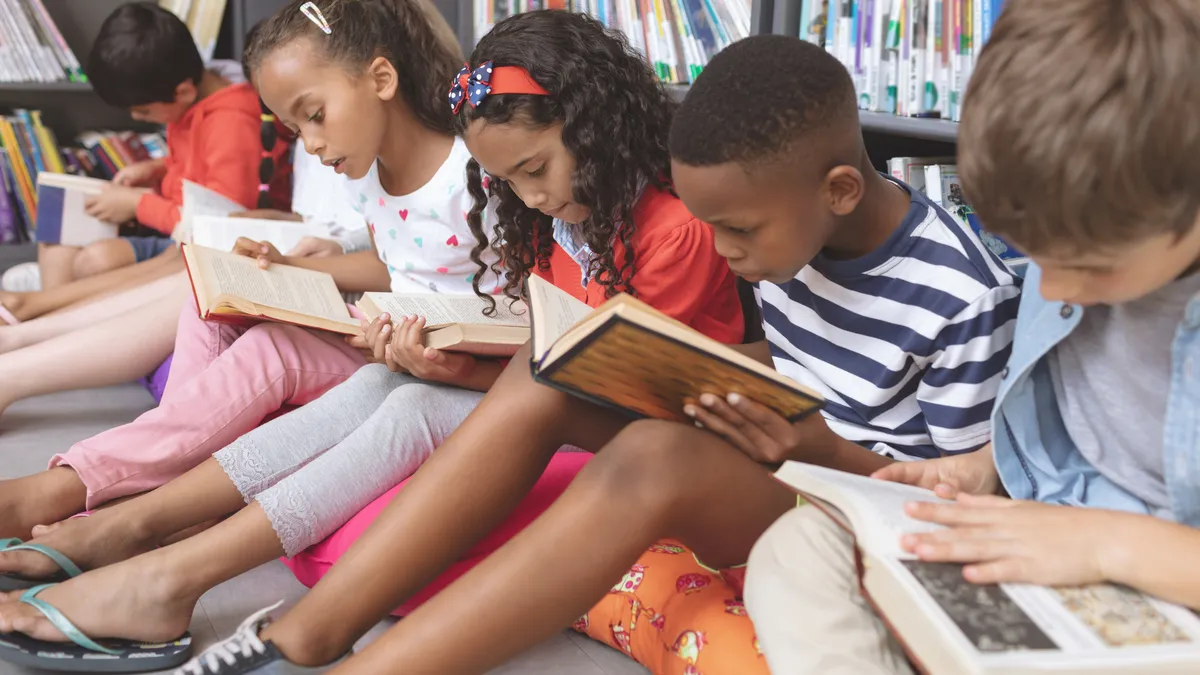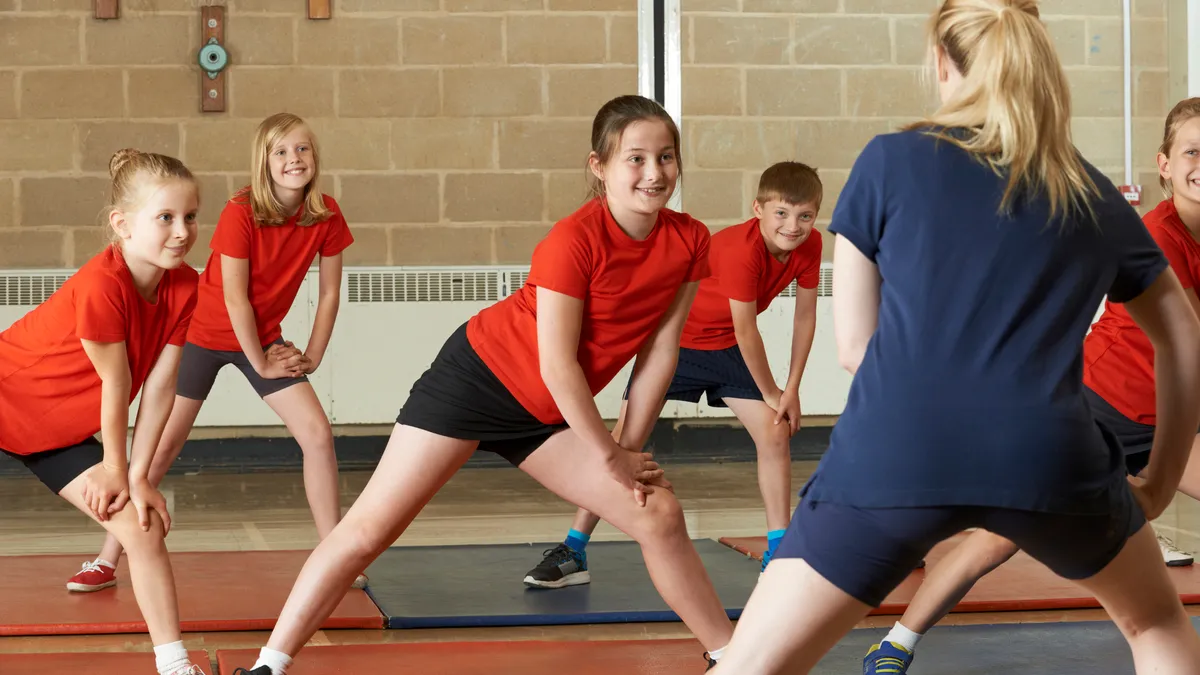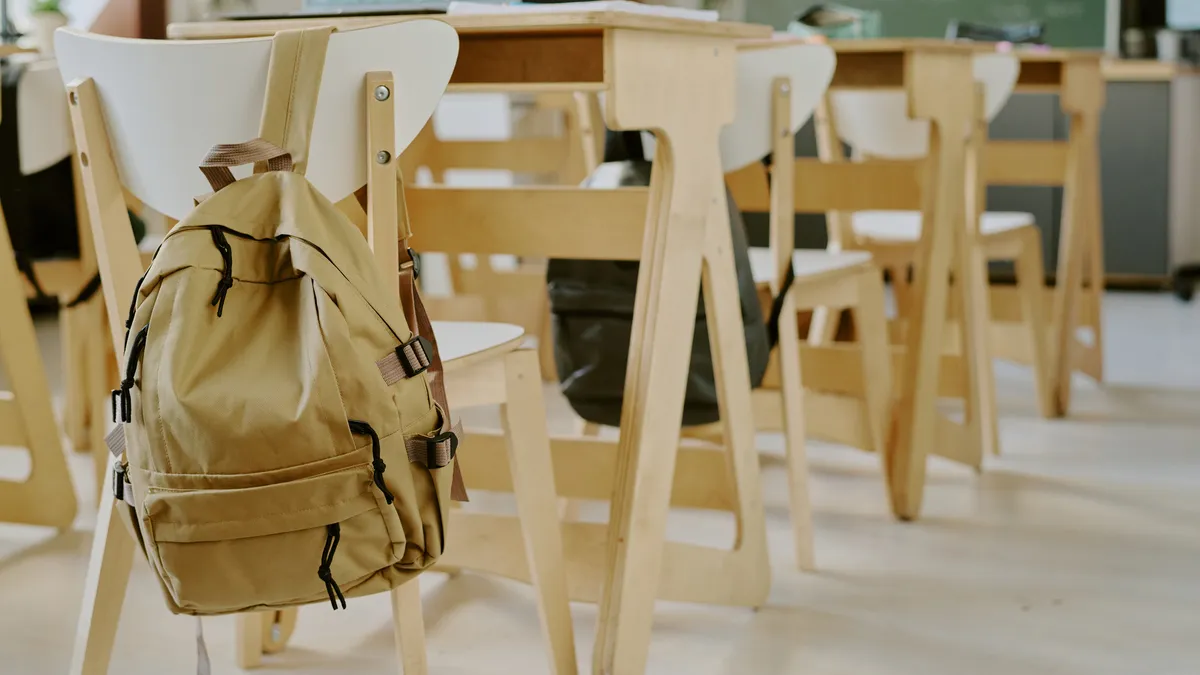When 3,446 high school students watched an anonymously produced video on Facebook claiming to show ballot stuffing during a Democratic primary election, only three students could identify the true source of the video — even though all students could search the internet.
The Facebook video actually showed footage of voter fraud in Russia, not the U.S. The findings that less than one-tenth of 1% of students in 2019 could identify the true source of a video alleging voter fraud in an American election was discovered by Stanford Graduate School of Education researchers in a study published in 2021.
“Overwhelmingly, students said that it [the video] was trustworthy even though that they could go online at any time … and they would have found a bunch of articles that it was not trustworthy,” said Joel Breakstone, the study’s lead author and director of the Stanford History Education Group. “And so it speaks to the depth of the problem.”
But a more recent study published in April, which Breakstone co-authored with other Stanford researchers, finds a glimpse of hope for those looking to help students spot misinformation.
That research, also conducted in 2019, found high school students who receive just six 50-minute lessons in digital literacy were twice as likely to identify questionable websites.
Navigating media literacy and classroom censorship laws
Some states are beginning to require media literacy in schools. In 2021, a state law passed in Illinois required all public high schools to include a unit on media literacy in their curriculum beginning in the 2022-23 school year. Additionally, the state’s board of education will decide how to provide materials and professional development to make this possible.
Texas also has a state law requiring a civics training program that instructs on media literacy, “including instruction on verifying information and sources, identifying and responding to logical fallacies, and identifying propaganda, as appropriate for the grade level and consistent with the restrictions under Section 28.0022.” The cited section prohibits classroom discussion suggesting “one race or sex is inherently superior to another race or sex,” and it does not allow teachers “to require an understanding of The 1619 Project” by The New York Times.
Media Literacy Now, a nonprofit advocating for media literacy in public education, said in a statement that the Texas law training teachers in media literacy seemed promising. But the organization finds other mandates in the state limiting classroom discussion to be “anti-free speech,” adding that “excluding politicized topics from the classroom will only exacerbate the country’s media illiteracy problems.”
Since January 2021, 42 states have proposed or passed legislation restricting educators’ ability to teach about racism and sexism, according to the Education Civil Rights Alliance. In a recent House subcommittee hearing, some lawmakers and one witness said recent “parents’ rights” bills requiring more curriculum oversight will keep schools focused on instruction rather than divisive subjects.
Teaching ‘how to think, not what to think’
Even with these shrinking parameters for educators, experts in media literacy education say teachers can still instruct on how to spot misinformation.
“We teach critical thinking skills and teach kids how to think, not what to think,” said Shaelynn Farnsworth, director of educator network expansion at the News Literacy Project, a nonpartisan education nonprofit that provides resources for educating on how to consume news.
Teaching students media literacy and how to spot misinformation not only impacts their understanding of information, Farnsworth said, but those skills can also help them advocate for themselves as they actively participate in civic life.
Educators are also struggling to stay on top of misinformation and how to teach students to identify it, she said. Places teachers can start in helping students develop these skills include teaching the qualities of journalism, how to reverse image search, and how to read laterally — a skill fact-checkers often apply by opening new tabs to run fast background checks on a source’s organizational relations and claims.
Teachers need more support to integrate media literacy skills into the curriculum they’re already instructing, and that includes providing more opportunities for professional development, Breakstone said.
There are also outdated lessons in media literacy that teachers should move away from, including the idea that every website ending with “.org” is reputable, he said. Anyone, including hate groups, can buy a “.org” domain, he said.
There is clear difficulty in a lot of districts and classrooms when discussing political or social issues that are “ripe for media literacy conversations,” said Michelle Ciulla Lipkin, executive director of the National Association for Media Literacy Education.
But educators can still dive into media literacy skill-building without broaching those controversial topics, she said. While she believes the classroom can be a place to undertake these debates, she understands teachers have to get creative with less controversial media content.
“You can decode and analyze media. You can do a music video, and you’re building those skills that can translate to news and translate to the current events topics,” Ciulla Lipkin said.








 Dive Awards
Dive Awards














